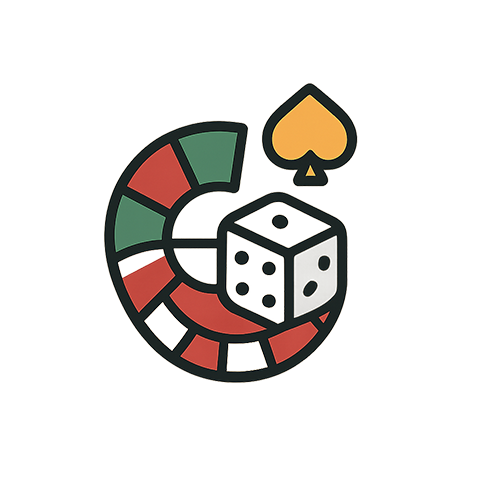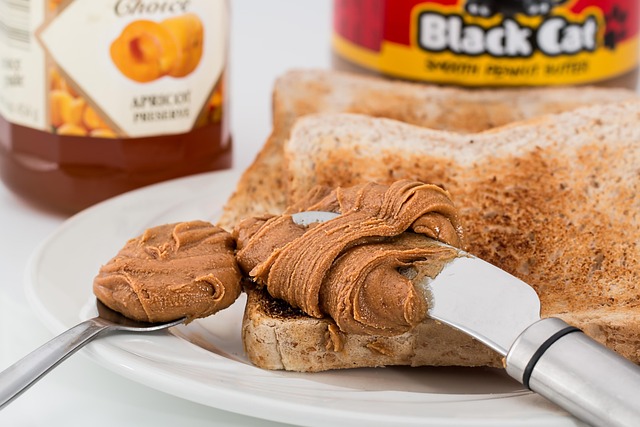In the world of poker, the tension at the table can be cut with a knife. Every player is strategizing, calculating odds, and watching their opponents like hawks. Among these strategies, one stands out as both an art and a science: bluffing. Mastering the art of bluffing can give you the upper hand and make you a formidable opponent at any poker table. In this post, we’ll delve into how you can use bluffing effectively, turning it into your own ace up the sleeve.
First, let’s discuss the psychology behind bluffing. It’s not merely about lying or deceiving; it’s about reading your opponents and knowing when they are vulnerable. This ability to gauge their reactions and emotions involves a high level of emotional intelligence. You need to recognize the subtle cues that an opponent may give off, often referred to as tells.” Whether it’s a twitch, a lack of eye contact, or even confident, deliberate movements, these signs can reveal a lot about their hand. You must train your mind to be observant and consider what you can learn from every gesture during the game.
When you arrive at the poker table, you should already have a solid grasp on the cards you’ve been dealt. However, as the game progresses, the cards are only part of the equation. It’s essential to know your opponents. Are they conservative players who fold at the slightest hint of danger? Or are they aggressive risk-takers? Understanding who you are playing against lets you employ your bluff much more effectively. For example, if you are up against passive players, a well-timed bluff may intimidate them into folding, allowing you to take the pot without the need to show your actual hand.
The timing of your bluffs can be the difference between winning and losing. An ill-timed bluff may cost you dearly, while a well-placed one could lead to victory. Pay attention to the size of the pot and the stage of the game you’re in. Bluffs tend to be more successful when there’s a considerable amount of money at stake. When players have already invested heavily and are emotionally attached to the hand, their decision-making often becomes clouded. Seize the moment when the pot is large, as players may hesitate to fold and instead opt to see the next card, thinking they might still have a chance.
Building a solid gameplay strategy also requires a mix of play styles. Just like an artist with various tools at their disposal, you must incorporate different playing styles into your approach. Practice alternating between tight play, where you play fewer hands, and aggressive play, where you capitalize on opportunities to bluff. The more diverse your strategy, the better you can adapt and confuse your opponents. Staying unpredictable keeps them on edge and makes your bluffs more effective.
Furthermore, maintaining a solid “poker face” is essential. This is where you must control your body language and expressions. A strong arm in poker doesn’t just mean having good cards; it also means exuding confidence regardless of what you hold. Don’t let your emotions betray you. Whether you have a winning hand or are trying to convince opponents you do, your demeanor should remain consistent. Practicing in front of the mirror or with friends can help you perfect your persona at the table.
Lastly, remember that bluffing isn’t merely about deception; it’s about storytelling. You want to convince your opponents of a narrative that supports your bluff. Reshape their understanding of the situation to make them see the hand you want them to see. This narrative must align with your betting patterns, making it believable and hard for your opponents to challenge. If you’ve raised aggressively throughout the game, when you suddenly check or call, lay the groundwork for a potential bluff that leaves your opponents questioning their strategy.
Ultimately, like any skill, mastering bluffing takes practice. As you hone your technique, you will find that it becomes a natural extension of your gameplay, effectively becoming your ace up the sleeve in every poker game. Equip yourself with these skills, and you’ll not only improve your overall performance but also elevate the excitement of every poker night you participate in.




